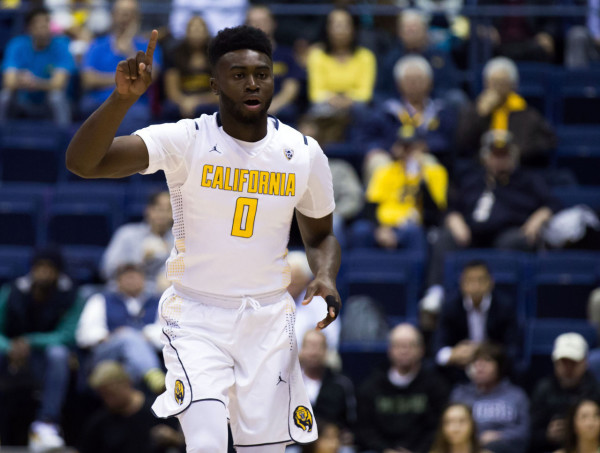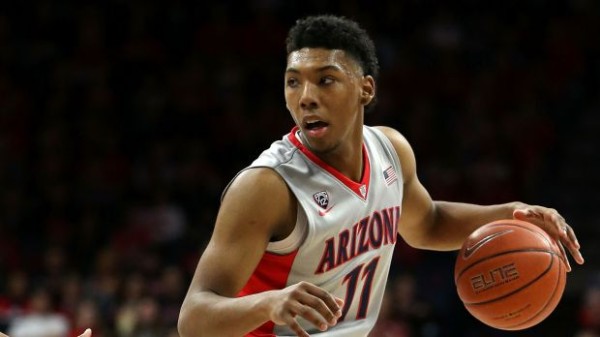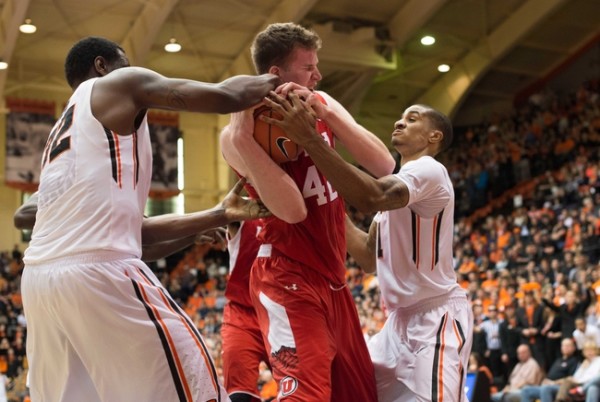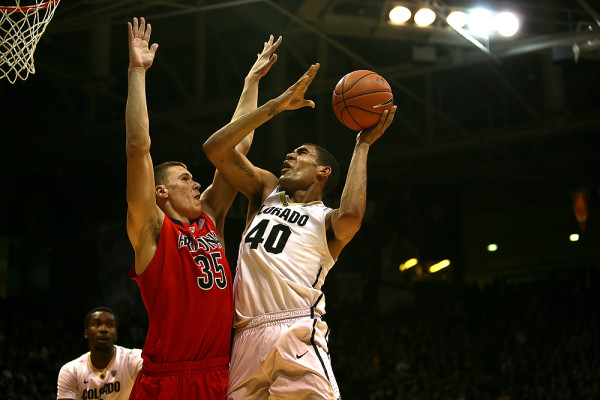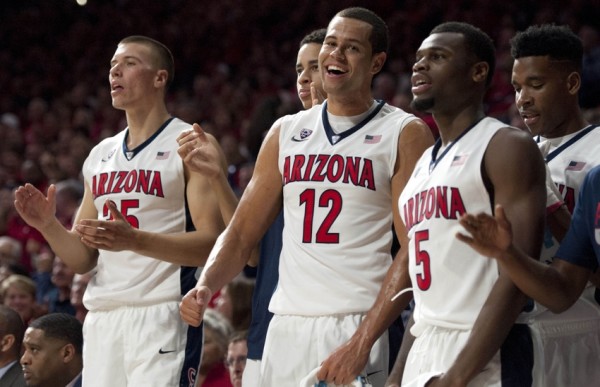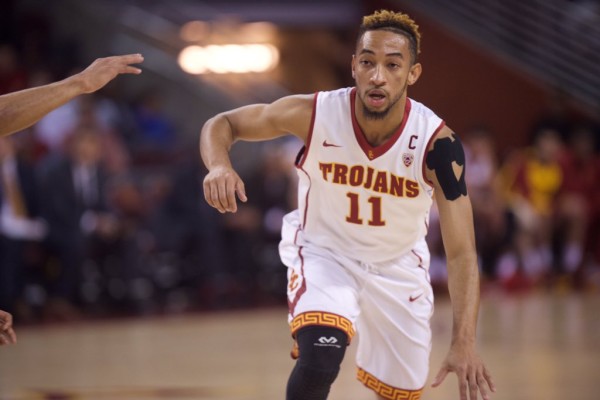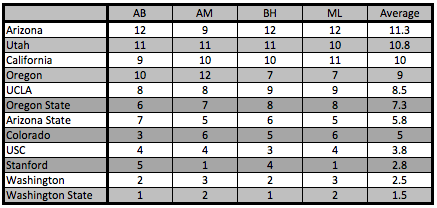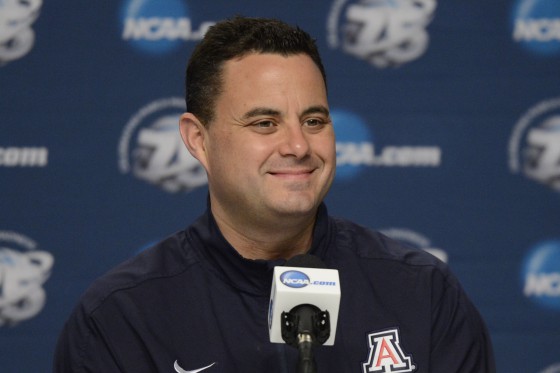Three Ways to Fill an All-Pac-12 Team
Posted by Andrew Murawa (@Amurawa) on March 8th, 2016Sometime earlier this year, we spelled out four different ways to create a Top 25 list or conference power rankings: (1) based on resume; (2) based on how teams are playing at that exact moment; (3) based on how you expect teams to be playing when it really matters; or (4) some improvisatory combination of the other three parts. Likewise, there are a bunch of different ways to put together all-conference teams. Below, we’ll give you three(-ish) different — and all entirely reasonable (says the guy who’s writing it) — ways to draw up an all-Pac-12 Team this season.
Note to the Pac-12 and other conferences that should know better: Basketball teams allow five players on the floor at a single time. Thus, all-conference teams should feature just five players. If you want to recognize additional players, that’s what Second Teams, Third Teams and Honorable Mentions are for.
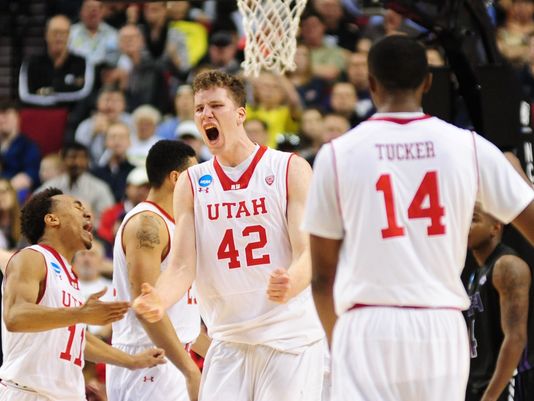
Regardless Of How You Put Together An All-Conference Team, Jakob Poeltl Deserves A Spot (Godofredo Vasquez, USA Today)
Five Best Players
This one is simple. Don’t think too hard. Just go down the list and determine which players in the conference put together the five best seasons. Sure, determining “best” is completely subjective, but at least the concept is clear. Using this methodology in this year’s Pac-12, we would probably wind up with one true guard surrounded by three bigs and a swingman. Something like a team of Jakob Poeltl, Josh Scott, Ryan Anderson, Dillon Brooks and Gary Payton II. Maybe you would make an argument for Chris Boucher or Jaylen Brown over Brooks or Anderson. But either way, you wind up with a team that looks great on paper but probably would have some on-court problems — ask Purdue or Maryland about this — where they’ve got a lot of appealing pieces that do not fit together quite so well.
To take a little swerve off of this method of putting together a team, we can also move away from the players who had the “best seasons” in favor of just picking the five best players. In this scenario, California’s Brown likely moves up a notch. Judged on performance on the floor from November to early March, the freshman didn’t match what guys like Boucher, Brooks and Anderson did. But judged on performance heading into postseason play, it’s relatively easy to make the argument that Brown (or Allonzo Trier for that matter) deserves to be mentioned among the top five players in the conference.





























